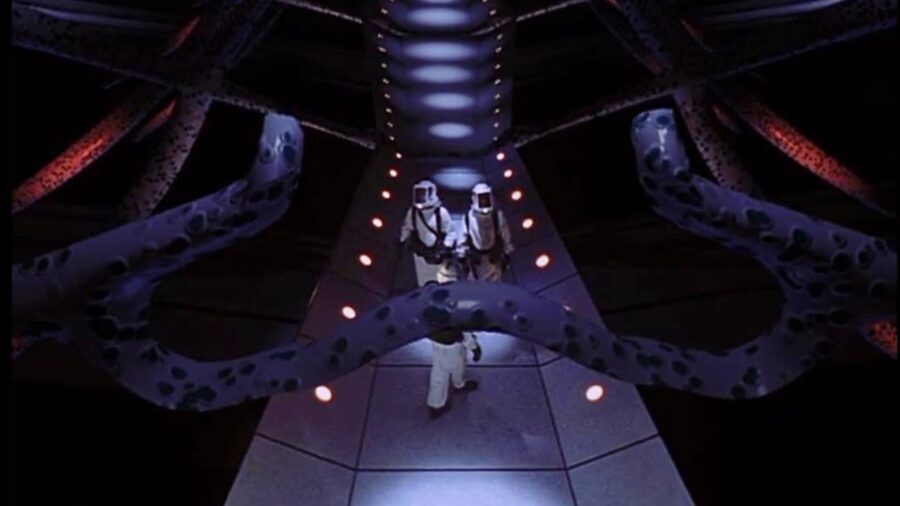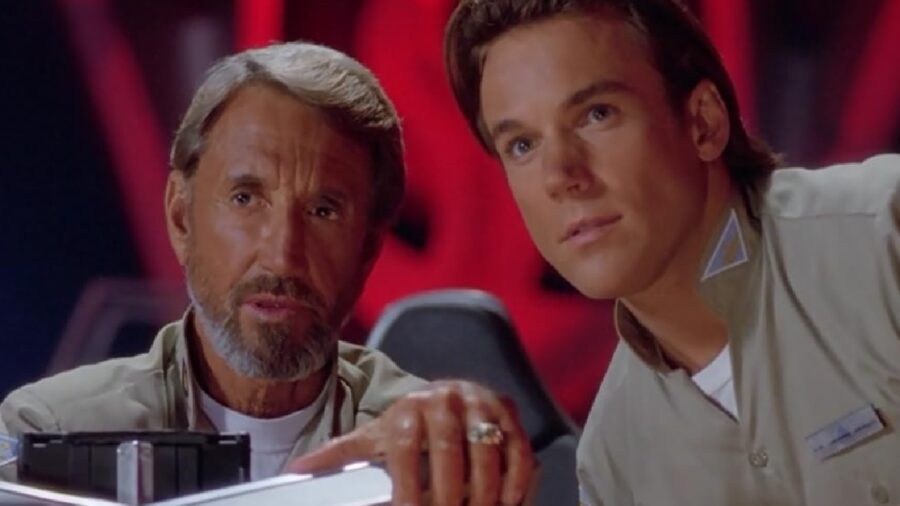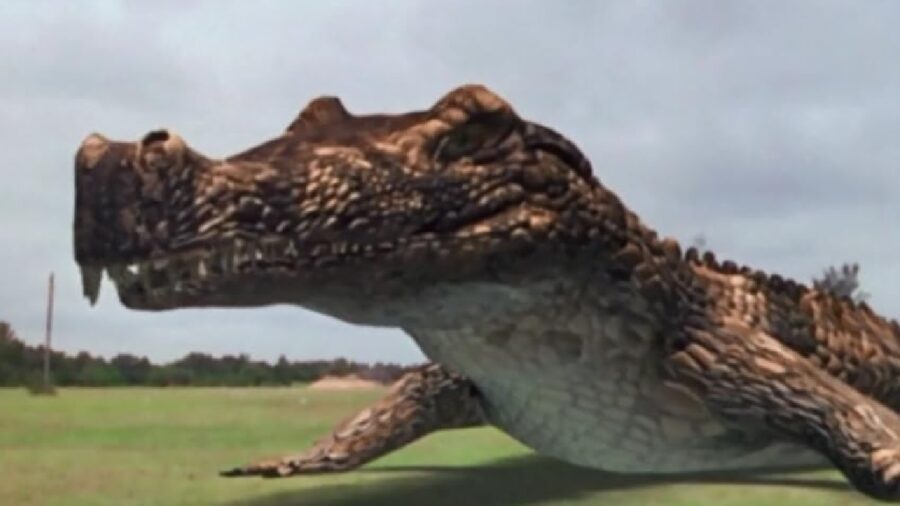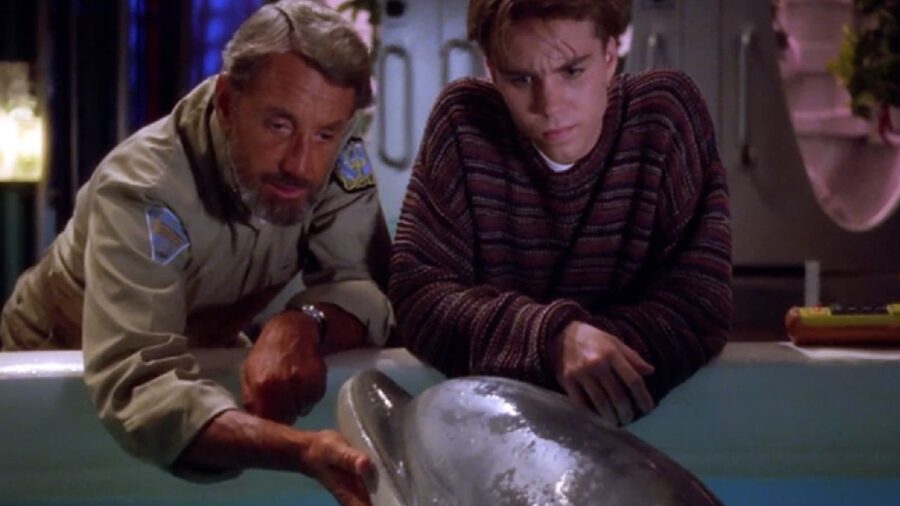90s Sci-Fi Series Dared To Do Something Different Until Executives Killed It

Star Trek defined science fiction for decades with countless studios attempting their own spin on the voyages of the starship Enterprise. In 1993, Rockne S. O’Bannon, the man who would go on to create Farscape, launched his own take on the iconic franchise that started everything, with the twist that instead of deep space, it would take place deep underwater. In its first season, SeaQuest DSV embraced its unique setting with episodes based on real oceanographical science and environmental issues, but the science-heavy episodes weren’t good enough for NBC executives, who wanted a younger, more action-packed series, and the result is a show that started off filled with promise but was destroyed behind the scenes by shortsighted greed.
You’re Gonna Need A Bigger Boat

The concept of SeaQuest DSV is simple: in the future, mankind is forced to start moving into underwater colonies to survive in a world with rapidly dwindling resources, suffering from the effects of climate change. The SeaQuest is an experimental submarine under the oversight of the UEO (United Earth Oceans organization), tasked with scientific research and defending the colonies from raiders and rival nations. For a sci-fi series, it’s remarkably grounded, and while the first season includes an episode about a ghost ship and another involving an alien ship, the two are outliers from the rest, which deal with politics, the ethics of environmentalism, and surviving miles under the surface.
SeaQuest DSV even includes a fun bit of perfect stunt casting, with Roy Scheider, famous for playing Brody in Jaws, stars as Captain Nathan Bridger, a former military officer coming out of self-imposed exile following the death of his wife to take the helm. Bridger resigns rather than go after an anti-whaling activist, and when a catastrophic industrial accident threatens all life on Earth, he doesn’t hesitate when he realizes what has to be done. The problem is that Scheider came back for Season 2, and the shift from edutainment to action-oriented sci-fi was a waste of his acting talent, and Bridger seemed out of place fighting giant crocodiles and cloaked scientific experiments.
The rest of the crew fared even worse, with teen prodigy Lucas (Jonathan Brandis, a mainstay of Tiger Beat in the early 90s), Commander Ford (Don Franklin), and Lieutenant O’Neill (Ted Raimi) the only three to last all three seasons, well them, and Darwin the Dolphin. In an effort to make the series appeal to a wider audience, NBC executives wanted to get more “eye candy” on the show, which meant out went Stephanie Beacham as Dr. Kristin Westphalen and Royce Applegate as Chief Crocker, in came the significantly younger Kathy Evison as JG Lonnie Henderson and Edward Keer as Lieutenant James Brody. Cast changeover happens with every show, but by the time NBC was done, only four characters were carried over from Season 1 to Season 2, and SeaQuest DSV was completely unrecognizable.
From Science And Exploration To Giant Crocodiles

Edutainment episodes based on real science and exploration were replaced by a giant crocodile escaping from its icy prison, an alien hunter finding its way on board the sub, and even the SeaQuest itself looks different. On camera, the original was sacrificed by Captain Bridger to save the planet. Off camera, SeaQuest DSV was moved from filming in Vancouver to Florida at Universal Studios, complete with a brand new set. Scheider eventually bailed, resulting in Michael Ironside replacing him for Season 3, where the show was re-branded as SeaQuest 2032, as the hard-nosed Captain Oliver Hudson, but the producers may as well have been rearranging the deckchairs on the Titanic.
SeaQuest DSV was never a ratings juggernaut, but the slower, more thoughtful, and character-driven episodes of Season 1 provided a fantastic building block for the future. O’Bannon’s biggest hit, Farscape, took time to evolve into the wild sci-fi romp it would eventually become, but his first series was denied the opportunity to grow and develop organically. The result is that Seasons 2 and 3 were flaming ratings death for NBC as every act of studio interference backfired with audiences turning away in droves from the corny plots, which went so far in Season 3 that Poseidon was involved.

If SeaQuest DSV had remained focused on the environmental plots and deep sea exploration, it may have developed into one of the 90s’ best sci-fi shows instead of a forgotten series. Thanks to the raw talent of Jonathan Brandis, Lucas was even a better teen character than Wesley Crusher on The Next Generation, and again, Roy Scheider was directly involved in a network genre series as a lead, for the first and last time. The ocean is vast and largely unexplored, filled with countless wonders, and it’s an amazing setting for a sci-fi series, but no matter how great the concept, any show will fall apart if greedy studio executives are chasing the latest trend, and there’s no telling where O’Bannon would have taken the show if he wasn’t sabotaged.
The first two seasons of SeaQuest DSV are streaming on Peacock, and don’t worry, you’re better off not watching Season 3.












